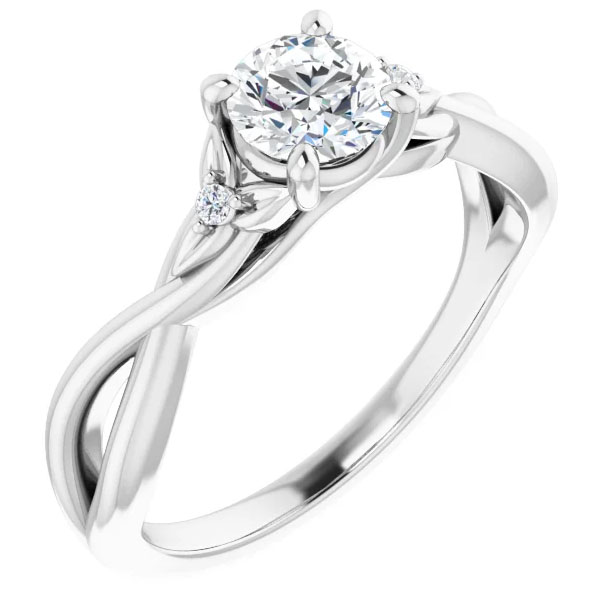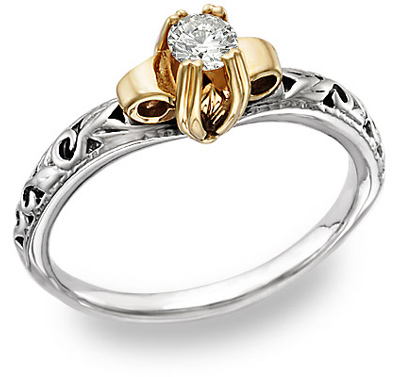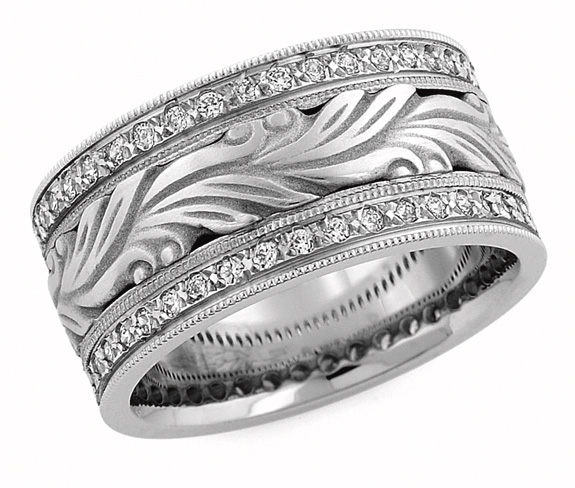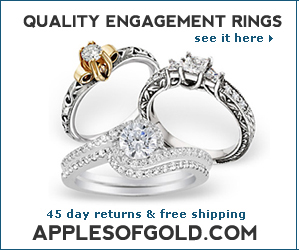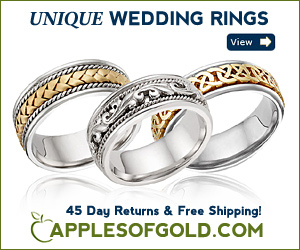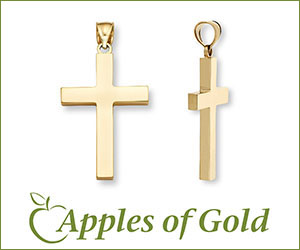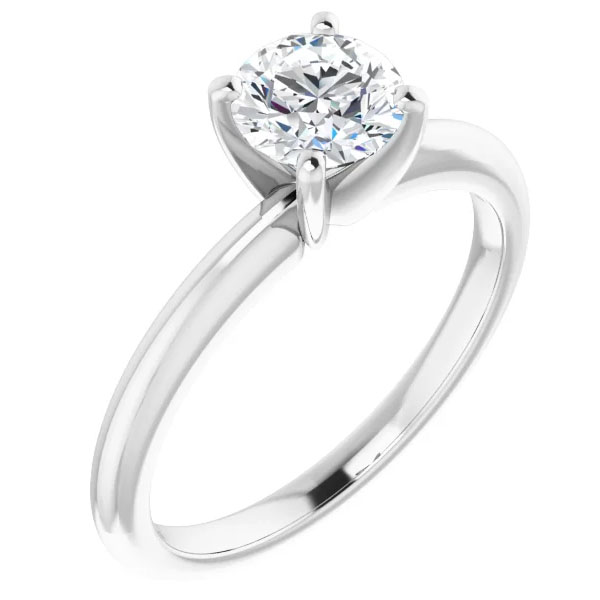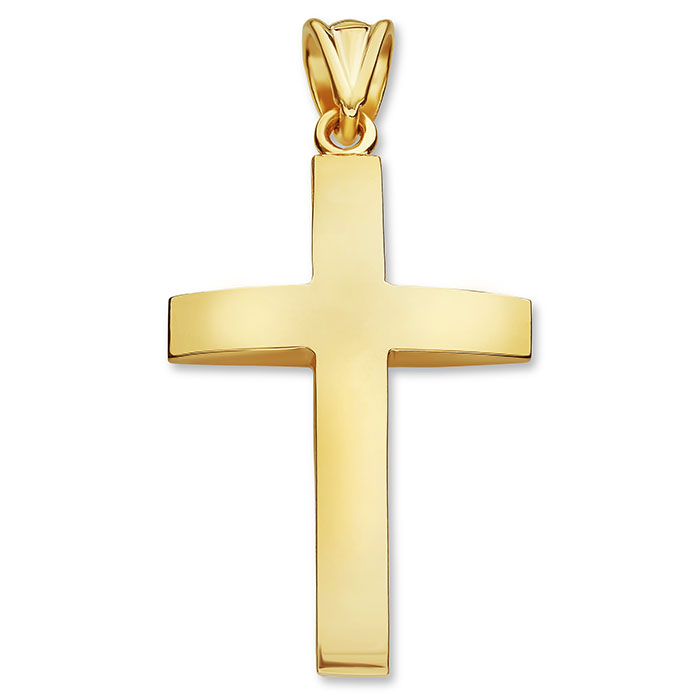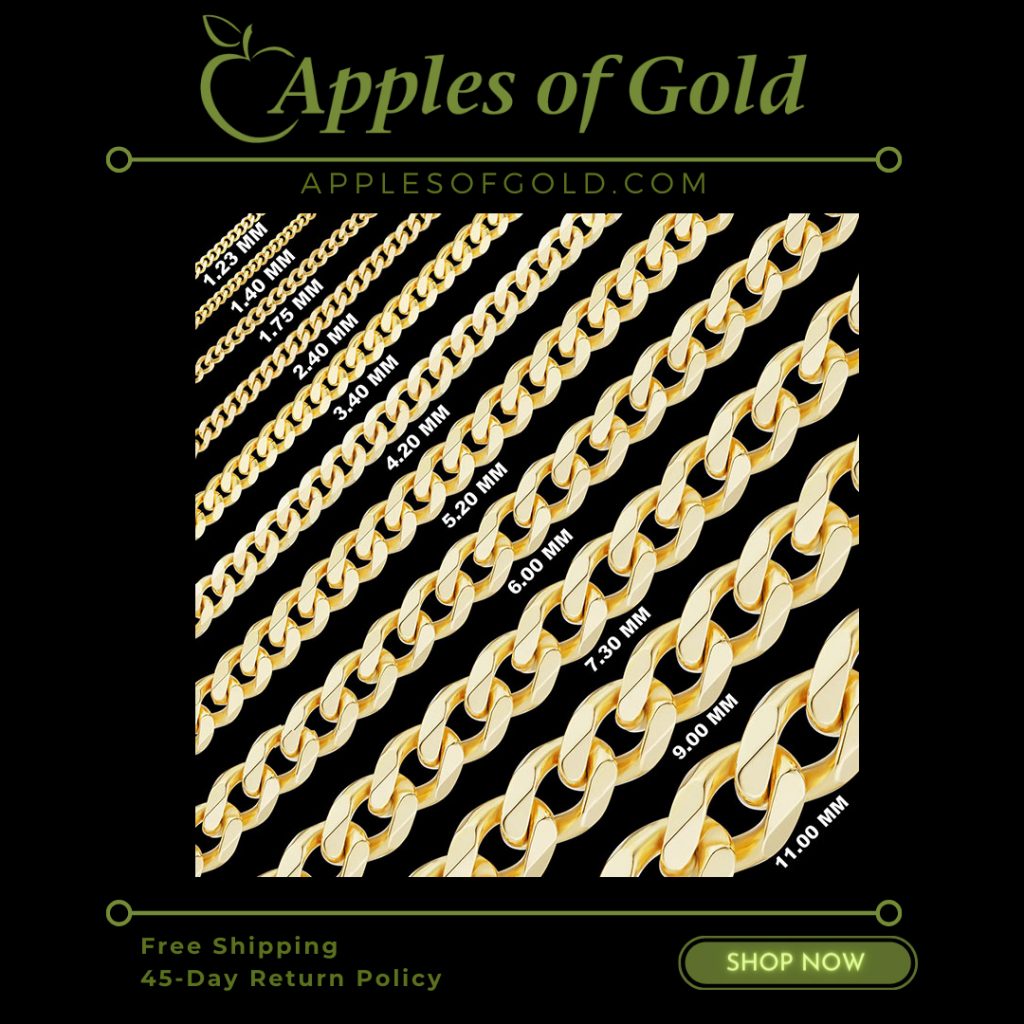All About the Diamond
The diamond is commonly known as the traditional April birthstone. But did you know that diamonds are named from the Greek word, adamas, meaning “invincible”? It wasn’t just DeBeers, but James Bond, who aptly said, “Diamonds are forever”. This statement from pop-culture and advertising slogans alike is extremely suitable for the natural diamond’s properties and characteristics as the hardest known mineral in the world, making them perfectly suited for jewelry, especially in the form of diamond engagement rings.
Diamond Colors
Diamond are are available in a variety of hues and colors, including the classic white, but also in a variety of colorful shades, including blue, black, green, pink, yellow and orange, among other rare and unusual colors. The hue of the stone is determined by the sort of impurities present. Yellow diamonds, for example, have tiny amounts of nitrogen, while blue diamonds contain boron. But most seek the clear, white traditional diamond, which is also the traditional April birthstone.
Diamond Quality
You may have heard of the “Four Cs of Diamonds”: color, clarity, cut and carat. Natural diamonds come in a wide variety of quality ratings, from color to clarity, which are the natural inclusions present within a particular diamond. Some diamonds are graded by independent third-party gemologists, such as in a GIA certified diamond solitaire ring, while other diamonds are non-certified. A non-certified diamond does not mean that the quality rating is either lower or higher or cannot be necessarily trusted but that, rather, you are relying on the diamond dealer or gemologist who supplies your wholesaler who then suppliers your jeweler to grade the quality of their diamonds in-house. Even in non-certified diamonds, several independent jewelry companies and specialists are carefully examining their diamonds to determine its intrinsic value and quality, while staking their reputation on their ratings. That doesn’t mean you shouldn’t do your due diligence and evaluate the trustability of the jeweler you are considering for your jewelry purchase.
Color
Diamonds are available in a range of colors which can be measured on a scale of D to Z. The D grade is completely colorless. G-J grades are nearly colorless whereas K, L, and M have a faint yellow color. Lastly, grades N to Z have a light yellow color. As far as the naked eye is concerned, a very high quality color rating, for example, would be a G or H Color diamond. Anything over the G-H range comes with a slight premium in cost. I diamonds are generally common and good quality, but once. you get into the J-K level or below, color ratings will suffer.
We generally recommend a G, H or I color stone for larger diamonds (G-H preferred) and I-J or better for smaller melee diamonds. Melee diamonds are just a fancy gemological or retail name for smaller diamonds that are 0.15 carats or less and are generally single-cut or full-cut stones.
Clarity
The clarity of diamonds can be classified into 5 categories and make a significant difference in terms of cloudiness or clearness of the sparkle. Clarity ratings are based on the number of “inclusions”, impurities or imperfections present within a natural diamond. These can be seen either by the naked eye or, in higher quality stones, only under magnification (usually 10x or above).
FL (Flawless) – No blemishes or inclusions present.
IF (Internally Flawless) – Some blemishes visible when using 10× magnification, but no inclusions.
VVS1 – VVS2 (Very, Very Slightly Included) – Inclusions are very difficult to see under 10x magnification.
SI1-SI2 (Slightly Included) – Inclusions slightly visible under 10x magnification.
I1, I2, I3 (Included) – Inclusions are visible under 10x magnification.
Carat
Carat measures the physical weight of the diamond. Every carat is divided into 100 points. For instance, a 0.25 carat diamond would be defined as a “twenty-five pointer” or “1/4 carat”. In terms of pricing, people often assume that a 1/2 carat diamond ring will simply cost twice as much as a 1/4 carat diamond. But that is not the case. A 1/2 carat is rarer than a 1/4 carat stone, and so the price is not only merely double due to the carat weight but significantly more than double due to rarity of size and quality. A 1 carat diamond engagement ring likewise is more than double the price of a 1/2 carat version of the same item of jewelry, as much as by sometimes 2.5-3x more expensive or more, depending on the quality and grading of each stone. You may get multiple sized carats side by side in jewelry such as three stone diamond rings or other jewelry with multiple stones in a single setting.
Cut
Diamonds are known to sparkle intensely and interact with light. People often mistake diamond cut as the shape of diamond (heart, round, oval, marquise, pear). However, diamond cut refers to how well the diamond interacts with light. Additionally, a diamond cut also refers to the proportioning, symmetry, and polish of a diamond. Diamond cut immensely impacts a diamond’s brilliance. This means that if the diamond is cut poorly, it will be less luminous.
Polish and Symmetry
Polish refers to the overall condition and smoothness of the surface of the diamond. A diamond that is poorly polished may look dull. Symmetry refers to the outline and shape of the diamond. A diamond that has poor symmetry may have a reduced brilliance.
Shape
Diamonds come in a variety of shapes in finished jewelry settings, from your traditional and more common round or even oval stones to square shapes used in princess-cut diamond engagement rings or unusual shapes such as pear-shaped or marquise-cut and even heart-shaped diamonds. You may get a variety of shapes in a single ring such as in a diamond halo engagement ring which may utilize, for example, a princess-cut stone surrounding by a halo of round diamonds.
Hardness of Diamonds
Diamonds are the hardest and most scratch resistance mineral in the jewelry market. The hardness level of diamond is given a value of 10 on the Mohs hardness scale. The hardest material known to science is a diamond. In addition, it is chemically resistant and possesses the greatest thermal conductivity of any natural substance. These characteristics make it suited for use as a cutting tool and other applications requiring durability. Diamonds also possess unique optical qualities, including a high index of refraction, high dispersion, and immovable luster. These characteristics contribute to the diamond’s popularity as the world’s most popular gemstone and allow it to be used in specialty lenses when durability and performance are needed.
Diamonds in Jewelry
Diamonds are the most popular stone for jewelry in the world, with most of them of course being used as diamond engagement rings or other jewelry, such as diamond stud earrings, pendants, necklaces and other fine jewelry pieces.. Diamonds have a highly dazzling luster known as “adamantine,” which is the highest non-metallic sheen. Because of their great luster, they reflect a large amount of the light that reaches their surface. This is one of the properties that contribute to the “sparkle” of diamonds in jewelry. When a diamond is cut into a gem, the facet angles are designed to reflect the majority of the light from its inner surfaces.
Jewelry Diamonds vs. Industrial Diamonds
Gem quality diamonds are diamonds that have a level of color and clarity that is desirable for use in jewelry or even as an investment. Gem-quality diamonds are the most flawless diamonds, with few natural imperfections and flaws. They have a specific gravity of around 3.52. Industrial diamonds are mostly employed in techniques such as cutting, grinding, drilling, and polishing. The properties being acquired here are hardness and heat conductivity. Crushed industrial diamonds are often used to make micron-sized abrasive particles.
Abrasive Quality of Diamonds
Diamonds are often employed as abrasives due to their extreme hardness. Saw blades, drill bits, and grinding wheels are all made with diamonds embedded in their cores. These tools may then be used to cut, drill, or grind hard materials, such as metal. Alternatively, they may be processed into a tiny powder and used to make “diamond paste,” which is used for extremely fine grinding or polishing.
Shopping for Diamonds
But most of all, diamonds are used in diamond rings, earrings, tennis bracelets, and other jewelry and are most popular for their use in all forms of fine jewelry. When shopping, be sure to consider all if not most of the above factors to find the item best suited for your personal style and budget. Apples of Gold Jewelry offers high quality diamonds in a variety of colors and clarity, as well as smaller diamond rings from 1/4 carat diamond rings, 1/2 carat diamond rings to 3/4 or 1 carat diamond rings. Shop Apples of Gold for both high quality GIA Rated and non-certified diamonds.
Related Posts
Diamond Jewelry, Diamond Rings, Engagement Rings, Jewelry Education



